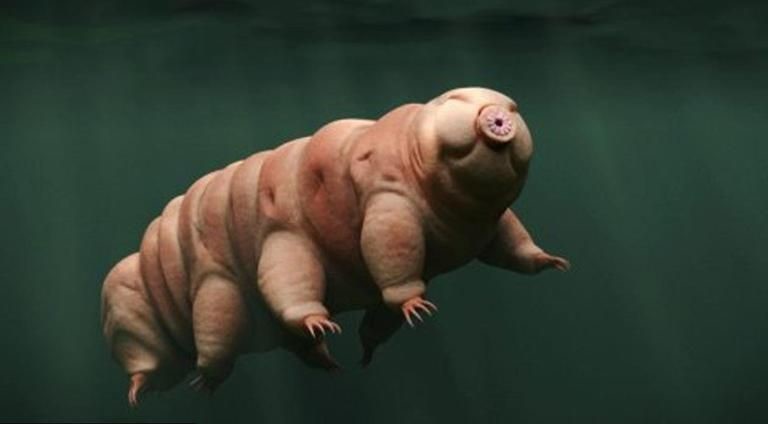Rare Tardigrade Fossil Found in 16-million-year-old Dominican Amber
The discovery of an incredibly rare fossil is helping scientists learn more about one of Earth’s ancient and most resilient inhabitants: the microscopic tardigrade.
Modern tardigrades are eight-legged micro-animals, also known as water bears or moss piglets. They’re almost completely missing from the fossil record despite their long evolutionary history and ability to survive extreme conditions, including space.
Now, scientists say they’ve discovered a new species of tardigrade suspended in 16 million-year-old amber — only the third clear tardigrade fossil ever found.

What they found
The researchers at New Jersey Institute of Technology and Harvard University who discovered the fossil published their findings in Proceedings of the Royal Society B on Wednesday.
The tardigrade is trapped in fossilized amber mined from La Cumbre, a region of the Dominican Republic known for its amber deposits. The amber also trapped a flower and insects, including three ants.
The fossil is the first of a tardigrade found from the Cenozoic era, the Earth’s current geological era beginning 66 million years ago.
Phil Barden, the senior author of the study, called the discovery a “once-in-a-generation” event in a statement on the research.
“What is so remarkable is that tardigrades are a ubiquitous ancient lineage that has seen it all on Earth, from the fall of the dinosaurs to the rise of terrestrial colonization of plants,” Barden said. “Yet, they are like a ghost lineage for paleontologists with almost no fossil record.”

Why it matters
The fossil is unique for its clarity, its age and how helpful it could be to evolutionary scientists’ future studies.
The New Jersey Institute of Technology said in a release that the discovery is the best-imaged fossil tardigrade ever. Scientists are able to observe micron-level details like the invertebrate’s mouthparts and its “needle-like claws 20-30 times finer than a human hair.”
The new fossil enabled scientists to identify this never-before-seen species of tardigrade, which they call Paradoryphoribius chronocaribbeus. Its name incorporates the Greek word for time, “Chrono,” and “caribbeus” in reference to the region where it was found.
The fossil will spend the next part of its life at the American Museum of Natural History.
